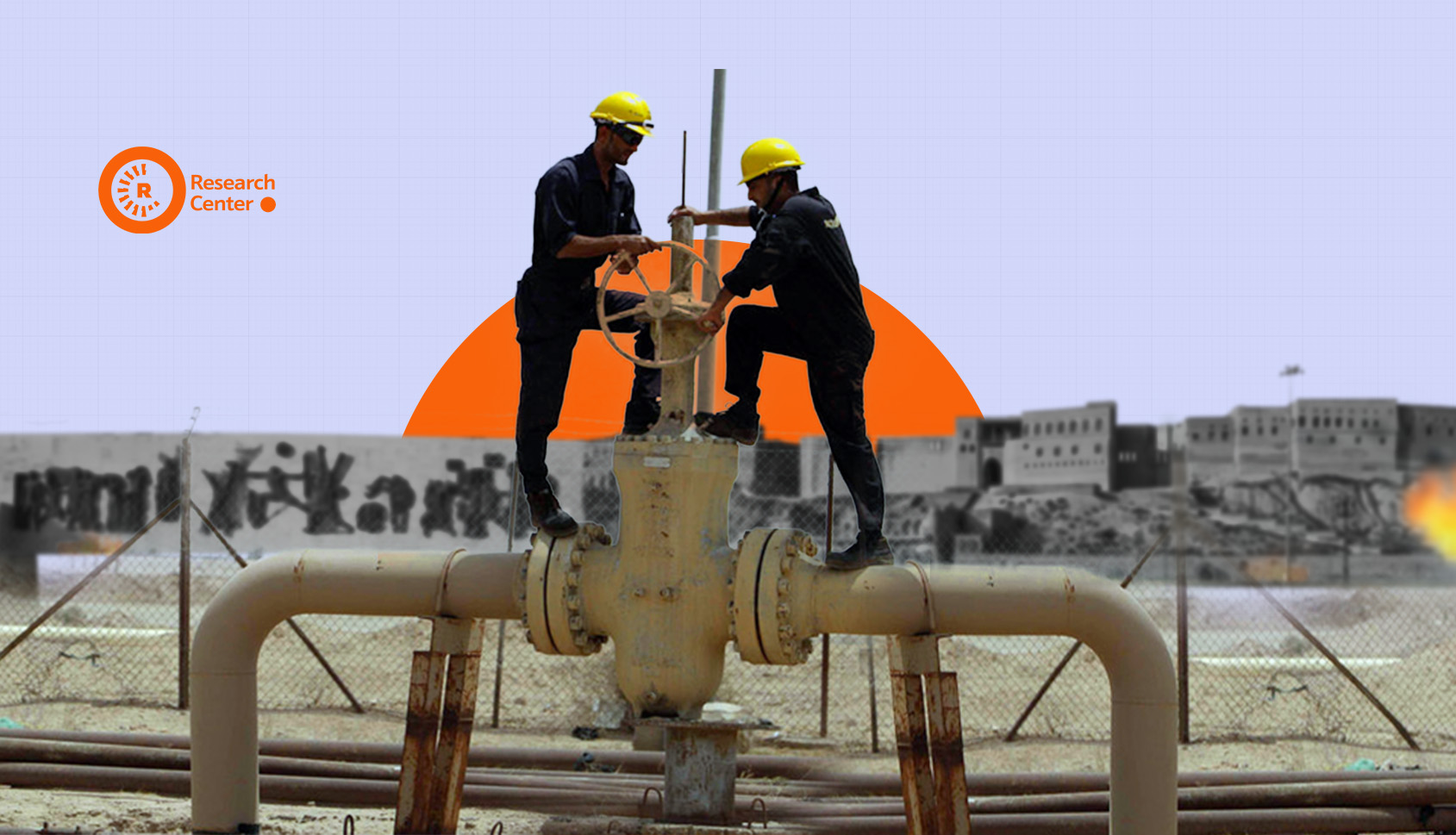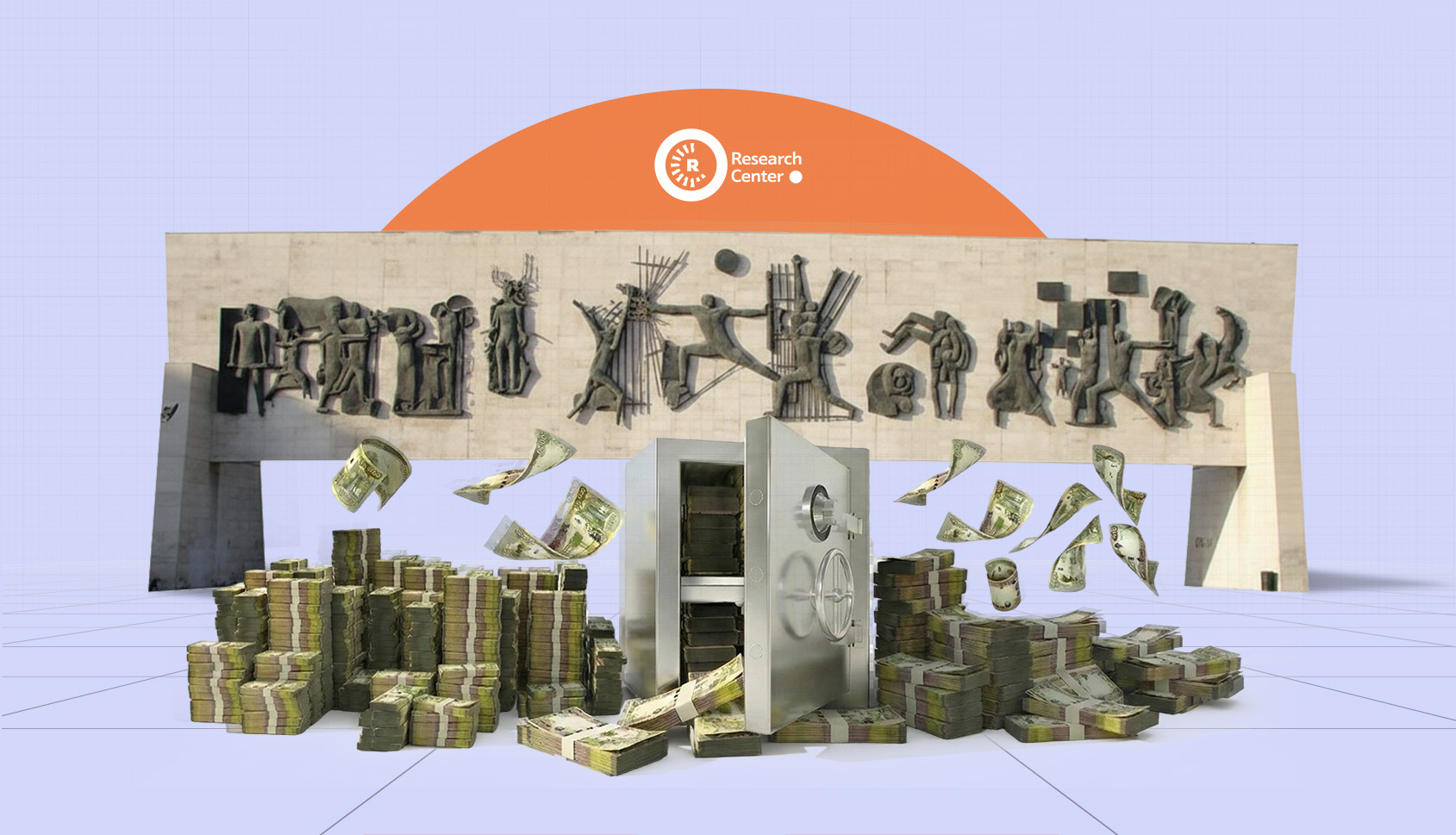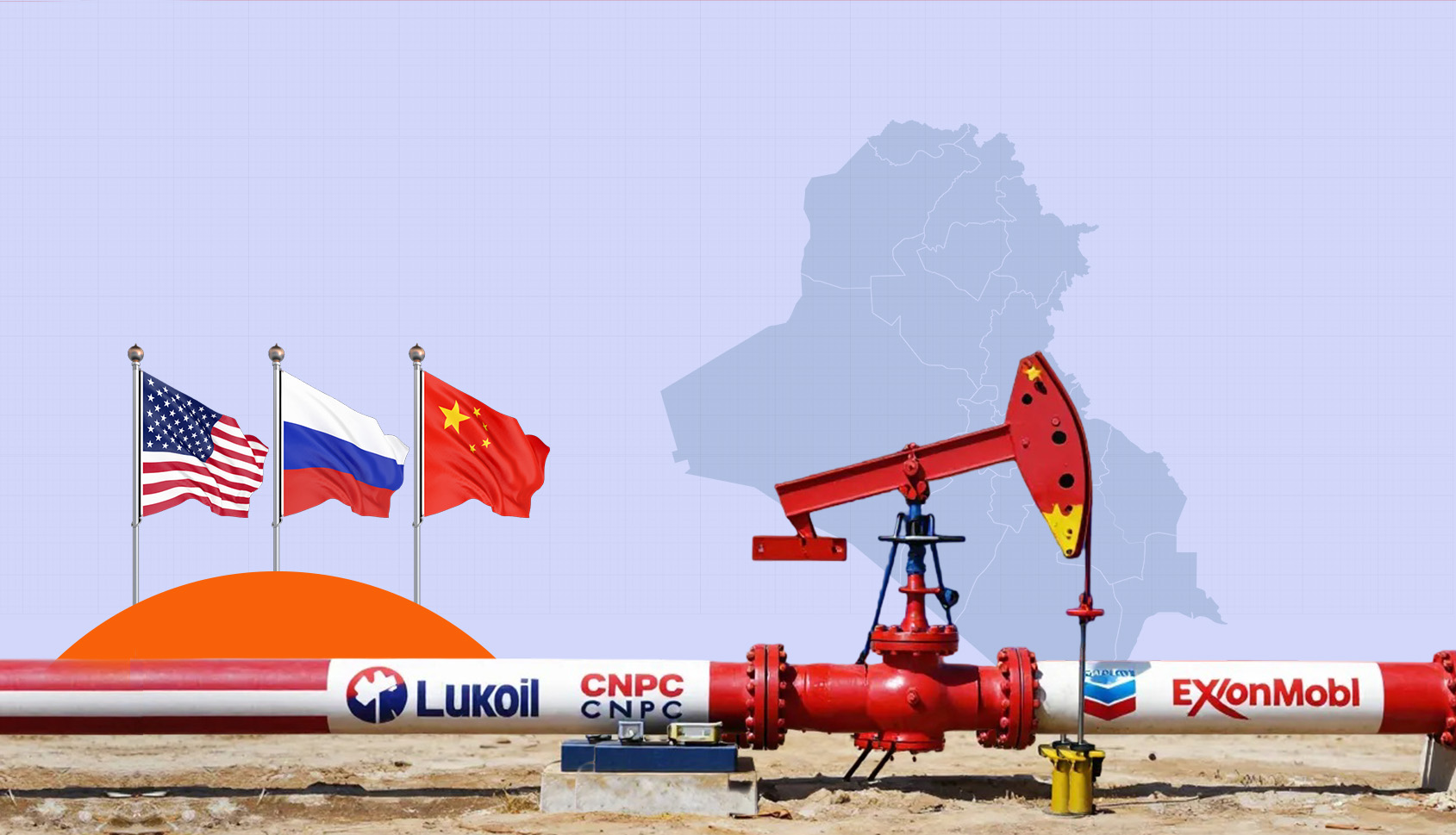Overview
China's development strategy is anchored in four key principles: education, environmental sustainability, infrastructure development (spanning land, water, and air), and fostering openness and connectivity both domestically and internationally. These foundational pillars have transformed China into the world’s factory, driven by advancements in domestic infrastructure, fiscal assistance to developing countries through loans, and global exports of diverse goods at varying quality and price points.
China’s ongoing infrastructure development and service sector growth are steered by four primary objectives: preserving Chinese culture, safeguarding the environment and ecology, ensuring access to water, sanitation and sewage systems, and building essential public infrastructure such as security systems, healthcare, schools, and transportation networks.
For the foreseeable future, discussions about the world economy, both its successes and challenges, will prominently feature China because, over the past decade, China has significantly influenced global trade, creating interdependencies between itself and other countries, which has intertwined the world economy with its own. With an economic growth rate that many economists describe as miraculous, China has seen its per capita income soar by 3,000% in just two decades (World Economic Forum, July 1, 2024)[i].
The country’s rapid rise from Third World status to a global superpower, lifting 800 million people out of poverty within a single generation (World Bank, April 1, 2022)[ii], serves as a model for developing nations. Nevertheless, developing countries are eager for the changes brought by China’s infrastructure initiatives, but China’s approach to assistance differs from others as Chinese experts emphasize. “We’re not like the Americans; we can’t offer help for free because our country is still developing,”. However, with long-term loans and Chinese workforces, they believe they can assist in building infrastructure abroad. This duality makes China's presence in developing countries both an opportunity and a potential threat.
China and Its Population: Cities as Vast as a Countries
China is a nation of staggering numbers. Just five of its major cities—Chongqing (31.9 million), Shanghai (24.8 million), Beijing (21.8 million), Qingdao (21.4 million), and Guangzhou (18.8 million)—house over 110 million people combined (Jia Rushak, August 2, 2022)[iii]. With a total population of 1.4 billion, China accounts for 17.39% of the world’s population, second only to India. The populations of some Chinese cities and villages are larger than those of entire developed nations like the Netherlands and are double those of countries like Sweden.
Over the last century, China's urban population has exploded, growing from 170 million to 900 million. The urbanization rate has climbed from 17.9% to 64.7%, with all major cities and villages now connected by land, railways, and major ports. This connectivity allows villagers to transport their goods to cities and back within a few hours (China Statistical Yearbook, 2023)[iv]. The rapid urbanization has spurred economic growth and development across various sectors. Also, urbanization is increasing each year, reaching 64.7 percent by 2021. For every 1 percent rise in the proportion of people moving from rural areas to urban centers in China, an additional 10 million people are added to these urban centers. However, it presents challenges, as the state now faces increased demands for basic services, job creation, and investment in urban centers.
Revolutionizing Transport: Mastering Land, Water, and Air Infrastructure
China’s infrastructure development, particularly in land, water, and air transportation, has progressed significantly, driven by public-private partnerships. This approach has allowed both domestic and foreign investors to play a crucial role in reviving and building China’s infrastructure.
China’s water transportation infrastructure, crucial for both domestic and international trade, has evolved through four distinct phases since the country opened up to the world. These phases include initial construction (1949-1979), rapid expansion (1980-1999), a focus on quality and efficiency (2000-2010), and the current phase of stability and further development (2011-present) (Li Hongchak, August 10, 2024)[v].
The expansion of China’s ports underscores this development, with the volume of goods transported domestically through ports rising from 4.5 billion tons in 2012 to 8.2 billion tons in 2021. Similarly, the volume of goods exported globally increased from 6.6 billion tons to 9.4 billion tons over the same period (Wang Dongming, August 2021)[vi].
Land transportation has also seen remarkable growth, particularly, railway and high speed railway lines. China’s railway network expanded from 97,600 kilometers in 2012 to 150,000 kilometers in 2021, with high-speed railways now comprising 40,000 kilometers or two-thirds of the total network. The first high-speed rail line connecting southern China to Duisburg, Germany, was built in 2012. By 2021, the number of China-Europe rail lines had grown to 78, connecting 185 cities across 24 European countries, with an annual trade value of $240 billion.
The highway network has similarly expanded, growing from 4.23 million kilometers in 2012 to over 5.28 million kilometers in 2021. The express highways leading to the city outskirts have reached more than 170,000 kilometers (Li Hongchak, August 10, 2024).
Air travel has seen substantial growth, with the number of domestic air travelers doubling over the past decade. This increase in demand has led to the construction of new airports and significant improvements in airline services. The number of air travelers rose from 319 million in 2012 to 659 million in 2021 (China Statistical Yearbook, 2023).
One Belt, One Road: Revitalizing the Silk Road and Paving China’s Path to Global Dominance
Launched in 2013, the Belt and Road initiative, also known as the One Belt, One Road project, involves 136 countries and 36 international organizations. These participants represent 70% of the world’s population. In 2021, China provided $20.3 billion to participating countries (One Belt and One Road Portal, August 16, 2024)[vii].
This modern Silk Road, encompassing six major corridors and ports, connects China and Asia to Africa, Europe, and the world at large. China views it as a pathway to peace, a bridge of civilization, and a symbol of China’s 21st-century emergence as a global leader in economic that will lead to harmony in terms of economy, trade and investment.
Chinese experts believe that the world is undergoing a fundamental shift, and the One Belt, One Road project, rooted in the ancient Silk Road, is poised to reconnect China with the global community. Unlike its predecessor, which was disrupted by war, this new initiative aims to achieve global integration through peace. To ensure its success, China emphasizes the need for a stable and peaceful environment among all partners involved in the project.
China’s objectives for this initiative are twofold: to facilitate domestic transportation in participating countries and to further China’s overarching goal of global dominance. While the project offers developing countries the opportunity to enhance connectivity and ease the movement of goods, it also presents risks. If these countries do not implement reforms and maintain transparency, they could face the same fate as Sri Lanka, rather than Nigeria, with incomplete projects and rampant corruption undermining their development efforts.
The Miracle of China’s Economic Development in One Generation
China’s economy has experienced a remarkable transformation within a single generation. The country's GDP (Gross Domestic Product) doubled in less than a decade, soaring from $8.5 trillion in 2012 to over $16.8 trillion in 2021. This rapid economic growth led to a significant increase in per capita income, rising from $6,300 in 2012 to $12,500 in 2021 (World Bank, April 1, 2022)[viii]. Today, China stands as the world’s largest economy in terms of purchasing power and the second-largest in terms of GDP, contributing over 19% to the global economy. The nation’s total imports and exports surged from $3.87 trillion to $6.05 trillion between 2012 and 2021, with exports consistently surpassing imports.
China has ambitious plans to sustain this growth and prevent this generation from falling under poverty line by focusing on individual economic advancement. The government’s five-year plan aims to connect regions and create jobs, leading to the employment of 31.4 million people from rural areas by 2021. The nation has nearly eradicated extreme poverty whom they could not afford a daily meal, reducing the number of people living in such conditions from 98.9 million in 2012 to virtually zero by 2021 (BBC, February 25, 2021)[ix]. This achievement is particularly striking when compared to the period before 1978 when millions of Chinese citizens could not afford a daily meal. Since the country opened and connected its economy to the world, 800 million people have been lifted out of poverty, accounting for 70% of the global total during this period.
One of the key drivers of this progress has been the reform of China’s banking system. The value of the banking sector tripled in a decade, from 134 trillion yuan in 2012 to 345 trillion yuan in 2022. The number of international banks operating in China reached 946, with a combined capital of 378 trillion yuan. The proliferation of banking services has been widespread, with eight out of ten young people now holding a bank card. The percentage of the total population with bank accounts rose from 63.8% in 2012 to 88.71% in 2021. Meanwhile, China has also become the world’s second-largest insurance market, with market capitalization expanding from 7.4 trillion yuan in 2012 to 24.9 trillion yuan in 2021.
Foreign direct investment (FDI) in China has increased, with total investment in goods and services climbing from $4.4 trillion in 2012 to $6.9 trillion in 2021. In rural areas, the average income increased from 8,644 yuan in 2013 to 18,931 yuan in 2021, doubling in less than a decade (China National Institute of Statistics, 2024)[x]. Furthermore, the expansion of primary healthcare coverage has been nearly universal, reaching 99.9% of the suburban population. All of China’s 12,500 villages now have internet access, enabling residents to fulfill their needs and conduct transactions online.
China's real estate sector is among the fastest-growing in terms of price increases and expansion. In recent years, housing prices have surged to unprecedented levels, making homeownership the most coveted dream for many Chinese people. Real estate now contributes to 2.2% of China’s GDP, up from 1.08% two decades ago (Liu Ling, August 2023). However, despite the increase in housing prices, they have not kept pace with the rise in per capita income. The government has attempted to balance market dynamics with price controls, but middle-income and lower-class individuals, known as the "sandwich class," still face challenges in owning homes, even with government assistance in the form of bank loans and financial support (Liu Ling, August 2023)[xi]. Notably, per capita expenditure on food decreased from 35.7% in 2010 to 29.8% in 2021, while spending on education and quality-of-life improvements has increased.
Reviving the Agricultural Sector: Feeding 20% of the World
China has revitalized its agricultural sector; now it provides 20 percent of the world's food while utilizing only 9 percent of its agricultural land (Kai Cui and Sharon P. Shoemaker, February 20, 2024)[xii]. Grain production increased from 630.4 million tons in 2012 to 695.4 million tons in 2023 (National Statistical Institute of China, 2023).
Agricultural production in all its forms has increased greatly, with the use of technology , developments in the use of artificial intelligence, and designing new equipment to produce different grains and fruits, from 20% in 1949 to 60% in 2021 from the same cultivated patch of lands.
The number of online platforms in the rural areas for domestic and foreign shopping of the agricultural products has grown dramatically, from 1.63 million in 2012 to 16.33 million in 2021. So, these platforms generated $294 billion in sales of farmers’ products in 2021 alone (Changyong Pan, August 3, 2024)[xiii]. The renewable energy sector has also seen rapid growth, with renewables accounting for 25.5% of China’s total energy consumption in 2021, up from 14.5% in 2012 (China National Institute of Statistics, 2023). China is now the world's largest supplier of solar power and electric vehicles, accounting for 60 percent of the world's electric vehicles, and can produce 10 million cheaper electric vehicles than other countries annually.
Now, the electric vehicle market at home and abroad has seen huge growth, with a 12% increase in the number of small and medium electric vehicles domestically, which is 50% more than the rest of the world, which is less than 7% in other countries. China is now the world's largest exporter of electric vehicles and the largest consumer domestically, especially by the new generation.
It is the world leader in terms of energy production from hydropower (dams) and biomass. By 2021, China revived the trading market for carbon dioxide emissions to 4.5 billion tons, which means reducing carbon dioxide emissions and increasing energy consumption from clean sources.
China's Green Revolution: Transforming the Landscape with Massive Tree Planting and Environmental Innovation
China has made significant strides in improving its environment and air quality. By 2021, the daily clean air rate reached 87%, with the population enjoying clean air for over 317 days annually. Air pollution levels dropped from 1.55 million tons in 2011 to 155,000 tons in 2020, reflecting China's 14-year plan to combat climate change and air pollution (United Nations Environment Programme, UNEP and Bloomberg June 14, 2022)[xiv]. The country’s forest cover has expanded to 23.3% of its land area, representing 25% of the world’s forests.
The most obvious example of greening or improving air quality in China is the capital Beijing, where the number of days with the best air quality has increased by a third over the past decade due to tree planting and increased green area (Hu Bin, August 1, 2024)[xv]. The city’s green space increased from 1.3% in 1950 to 34% in 2015, thanks to projects like the One Million Plains Project, which planted over 50 million trees across 666 square kilometers. By 2019, Beijing’s greenery had grown to 44%, making it one of the greenest cities in the world (Cecil C., Jun Yang, Konijnendijk, and Na Yao December 18, 2019)[xvi]. Moreover, in 2021, the capital recorded 288 days of excellent air quality, representing 78% of the year according to international standards. This is a significant improvement from 2013, when there were only 174 days of clean air.
Reflections and Conclusions
First: Chinese goods are not inherently of bad quality or cheap; in fact, many are more expensive than international brands when it comes to clothing, cosmetics, household appliances, electronics, and even cars. However, the question arises: why are the Chinese goods sold in the Kurdistan Region market so cheap and of low quality? Is it because traders in the region specifically demand lower-quality and cheaper products from China, or is it a deliberate strategy by the Chinese government to sell such products to Third World and developing countries? In either case, both China and the consumers in these countries suffer due to the short shelf life of these products and the resulting waste of resources.
Second: China's current openness, both externally and internally, is relatively new. In the past, economic hardships limited this openness, and now, the population faces long working hours—60 to 72 hours a week, six days a week—despite the difficulty of finding jobs. This openness is also visible in the warm reception foreigners receive from Chinese citizens. For example, taxi drivers often express their excitement when they see a foreigner, eager to take a picture with tourists who look different from them. This desire is even stronger among families who want their children to learn English and take photos with people from other countries. If this openness is noticeable in the capital and major cities, one can only imagine the curiosity and interest in remote towns and villages.
Third: Another interesting point is China's isolation from global social media and Western platforms. The time spent on such platforms in developing countries is a third of the daily average. If this is not an example of China’s openness to the world and its policy of limiting Western influence, it certainly reflects a focus on content and substance rather than superficiality. For instance, in a large program with representatives from 16 different countries, with over 40 participants and a budget exceeding $100,000, the daily activities were recorded by one of the volunteer’s phones.
Fourth: At this stage, China is focused on completing its domestic infrastructure and connecting it to the rest of the world, reflecting its attempt to extend its influence, particularly in developing countries across Asia, the Middle East, and Africa. China’s development is unique compared to other Western and developed nations. For instance, in Beijing, development hasn’t been concentrated in just one part of the city but has occurred simultaneously across all areas, ensuring that public services are accessible to everyone.
Finally: China has achieved remarkable feats in building domestic infrastructure, fostering economic growth, educating its society, transitioning to an electronic economy, and improving the quality of life for its population. The question remains, however: can China replicate this miracle in the countries involved in the One Belt and One Road initiative? Only time will tell.
References
[i] World Economic Forum. (2024, July 1). Where is China’s economy headed? Retrieved from https://www.weforum.org/agenda/2024/06/china-economic-outlook-growth-trade/
[ii] World Bank Group. (2023, September 25). Lifting 800 million people out of poverty – New report looks at lessons from China’s experience. Retrieved from https://www.worldbank.org/en/news/press-release/2022/04/01/lifting-800-million-people-out-of-poverty-new-report-looks-at-lessons-from-china-s-experience
[iii] Jia, R. (2024, August 2). China’s urbanization strategy and infrastructure construction. Institute of Spatial Planning and Regional Economy, NDRC.
[iv] National Bureau of Statistics of China. China Statistical Yearbook 2023. Retrieved from https://www.stats.gov.cn/sj/ndsj/2023/indexeh.htm
[v] Li, H. (2024, August 10). The innovation and application of the PPP model in infrastructure financing at home and abroad. School of Economics and Management, Beijing Jiaotong University.
[vi] Dongming, W. (2021, August). The development of ports, the shipping industry, and foreign trade in China. Institute of Comprehensive Transportation, NDRC.
[vii] Belt and Road Portal. (2024, August 16). Belt and Road Initiative official website. Retrieved from https://eng.yidaiyilu.gov.cn/
[viii] GDP per capita (current US$) | World Bank Gender Data Portal.. World Bank Gender Data Portal. https://genderdata.worldbank.org/en/indicator/ny-gdp-pcap-cd?year=2012
[ix] BBC News. (2021, February 25). China’s Xi declares victory in ending extreme poverty. Retrieved from https://www.bbc.com/news/world-asia-china-56194622
[x] National Bureau of Statistics of China. (2024, August 18). Yearbook. Retrieved from https://www.stats.gov.cn/english/Statisticaldata/yearbook/
[xi] Liu, L. (2023, August 9). Low-cost affordable housing and financing measures. China Academy of Macroeconomic Research.
[xii] Cui, K., & Shoemaker, S. P. (2018). A look at food security in China. npj Science of Food, 2(1). https://doi.org/10.1038/s41538-018-0012-xپا
[xiii] Pan, C. (2024, August 3). Informatization and network communication. National Engineering Lab for DTV, Tsinghua University.
[xiv] UN Environment. Beijing’s battle to clean up its air. Retrieved from https://www.unep.org/interactive/beat-air-pollution/
Bloomberg. (2022, June 14). China’s clean air campaign is bringing down global pollution. Retrieved from https://www.bloomberg.com/news/articles/2022-06-14/china-s-clean-air-campaign-is-bringing-down-global-pollution?embedded-checkout=true
[xv] Hu, B. (2024, August 1). Urban development planning in China: A case study of Beijing. Beijing University of Technology.
[xvi] Yao, N., Van Den Bosch, C. C. K., Yang, J., Devisscher, T., Wirtz, Z., Jia, L., Duan, J., & Ma, L. (2019). Beijing’s 50 million new urban trees: Strategic governance for large-scale urban afforestation. Urban Forestry & Urban Greening, 44, 126392. https://doi.org/10.1016/j.ufug.2019.126392






